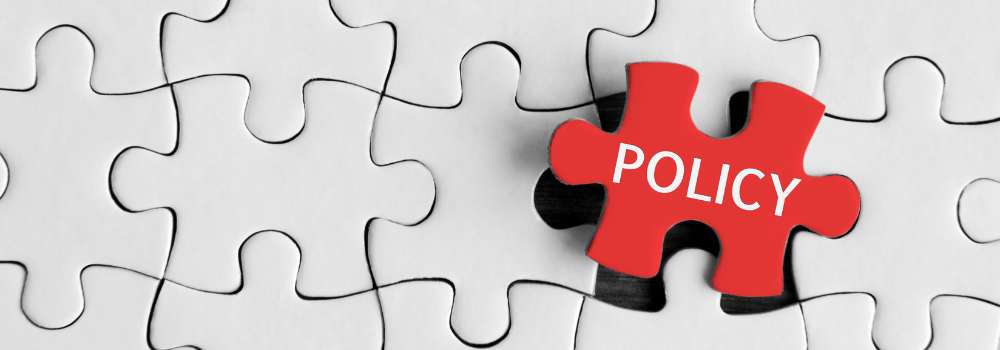The law on preventing sexual harassment in the workplace changed on 26 October 2024. By law, all employers will need to take reasonable steps to prevent sexual harassment of their employees and not rely on having just a policy in place. The emphasis is on proactivity and not reactivity.
The first step for employers is understanding what constitutes sexual harassment and educating their workforce to this effect.
So, what counts as sexual harassment?
Sexual harassment is defined as unwanted conduct of a sexual nature which has the purpose or effect of violating a person’s dignity or creating an intimidating, hostile, degrading, humiliating or offensive environment for that person.
Examples of sexual harassment include, but are not limited to:
- sexual comments or jokes, which may be referred to as “banter”
- displaying sexually graphic pictures, posters or photos
- suggestive looks, staring or leering
- propositions and sexual advances
- making promises in return for sexual favours
- sexual gestures
- intrusive questions about a person’s private or sex life or a person discussing their own sex life
- sexual posts or contact in online communications, including on social media
- spreading sexual rumours about a person
- sending sexually explicit emails, text messages or messages via other social media
- unwelcome touching, hugging, massaging or kissing
Sexual harassment may be committed by a fellow worker, an agent of an organisation, or a third party. It does not need to occur in person. It can occur via digital means, including social media or WhatsApp.
How employers can prevent sexual harassment
Employers should be proactive and systematic in how they prevent and tackle sexual harassment at work.
Employers will need to show evidence of the reasonable steps taken. To do so, they need to focus attention on a number of priority areas:
- Senior leadership: Senior leaders play a crucial role in shaping workplace culture, establishing expectations for behavior and civility. They must embody and promote the values of dignity, respect, and inclusion throughout the organisation.
- Policies and procedures: While a formal policy alone won’t transform culture, having clear written guidelines is essential. These should explicitly define sexual harassment, provide examples, and outline the responsibilities of everyone in preventing and addressing such behavior. These policies can reinforce the organisation’s commitment to preventing and educating staff about sexual harassment. Given its sensitive and complex nature, organisations may choose to handle harassment through a dedicated procedure.
- Training and development: Regular training sessions for all employees are vital to ensure understanding of what constitutes sexual harassment and their roles in preventing and addressing it.
- Reporting: It is essential to establish well-communicated reporting channels for complaints, with a commitment to respond promptly, fairly, and thoroughly. Any instances of discriminatory behavior or harassment must be investigated swiftly, sending a clear message that such conduct is unacceptable.
- Manager Responsibility: Line managers are key in identifying, addressing, and challenging unfair treatment, including sexual harassment. They should receive the necessary training, education, and guidance to confidently confront these issues.
- Monitoring and review: Tracking gender diversity at all levels of the workforce, particularly in recruitment and promotion, will help identify potential discrimination or harassment related to gender. Conducting staff attitude surveys will provide valuable feedback on areas such as gender equality and experiences of bullying and harassment.
You can read more about the changes on the CIPD website

